He began collecting in 2007 and "went everywhere in search of items that were not used and offered to buy them," Phuc said.
He was especially interested in mills and mortars because they reminded him of his childhood. So, whenever he could find one, he was on his way to purchase them.
His collection consists of hundreds of old plates, bowls, bullets, jars, copper pots, copper trays, rice measuring pans, plowing yokes, manual sewing machines, and more.
The old items are carefully arranged in mirrored cabinets on shelves while certain crockery jars are arranged alternately with upside-down bonsai creating a feast for the eyes.
Initially, Phuc had a passion for bonsai and while searching and collecting ornamental plants with strange and exotic shapes, he accidentally discovered some old lime pots so he picked them up to clean and display them in the house.
From there, he began to think about finding old artifacts. When bonsai trees’ prices were rising, he sold a few to buy antique items.
On his 4,000-square-meter garden land, Phuc is implementing the construction of facilities to turn the place into an exhibition area for old artifacts and eco-tourism.
Phuc also dreams of building a space that signifies the cultural and working life of the ethnic minorities in Quang Nam along with the attributes of the Kinh people’s wet-rice agriculture.
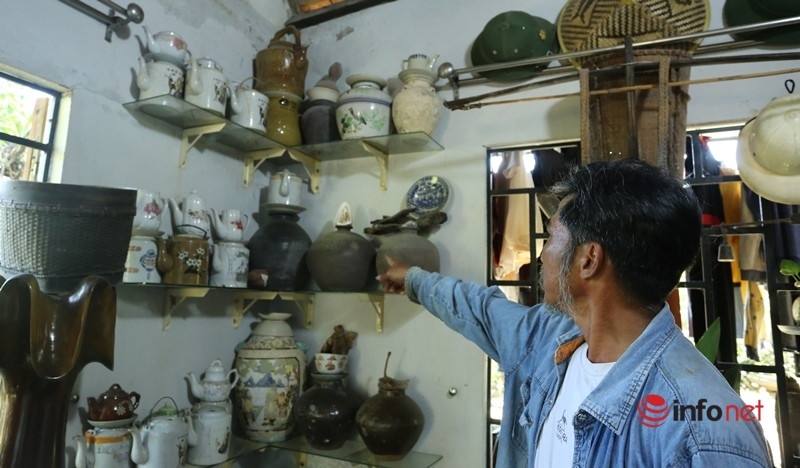 |
|
In a 100sq.m house, Mr. Phuc, 47, in Tam Thai commune, Phu Ninh district, Quang Nam province, displays thousands of ancient agricultural tools and utensils. |
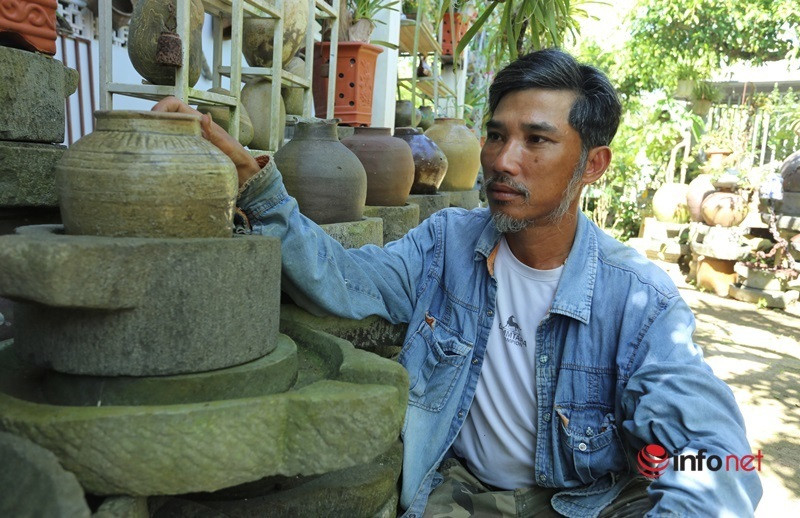 |
|
Collecting old objects is the way to remind the youth of a difficult time of Vietnamese farmers, Phuc said. |
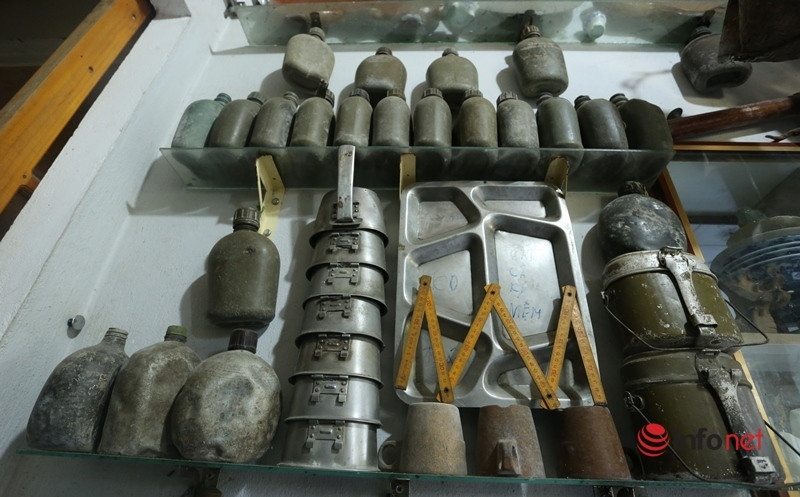 |
|
In 2007, Mr. Phuc began to pursue the hobby of collecting old farming tools. |
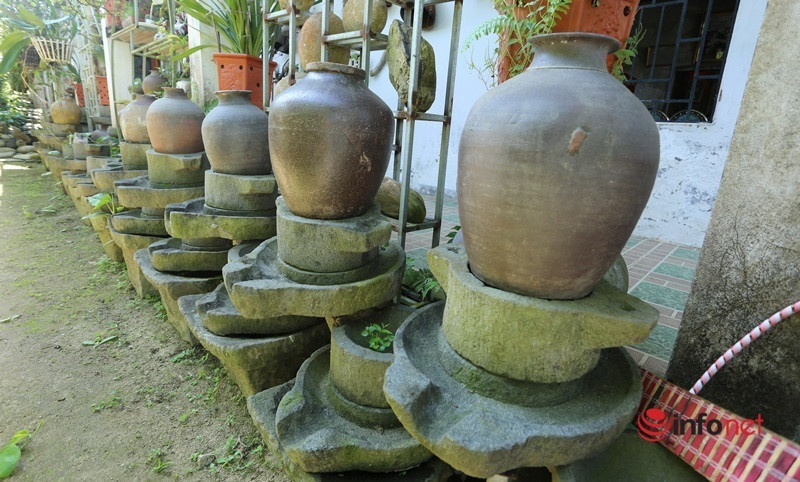 |
|
Phuc was very fond of mortars because they were part of his childhood. |
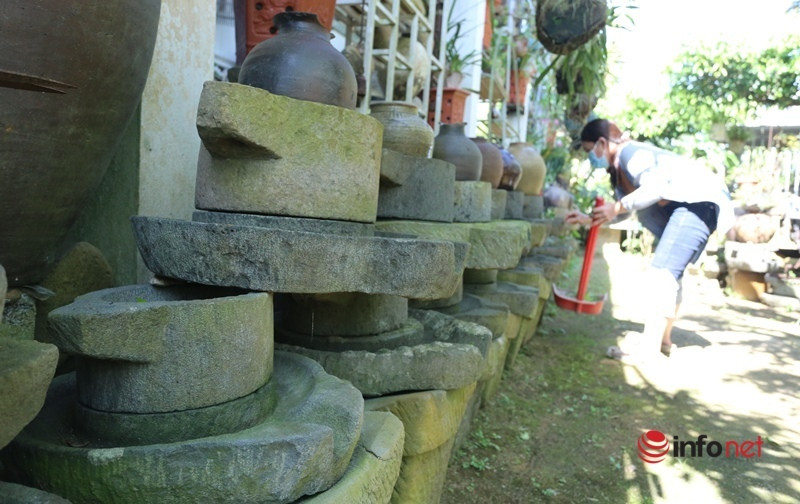 |
|
He has collected hundreds of mortars. |
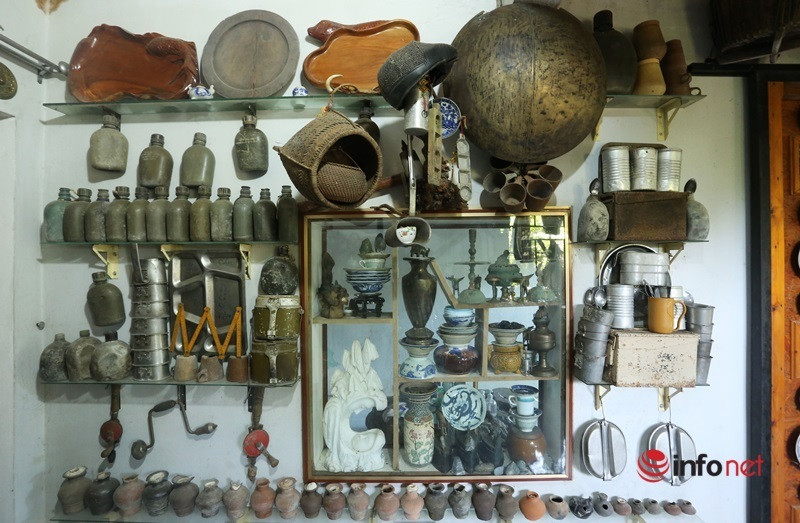 |
|
A part of Phuc's collection. |
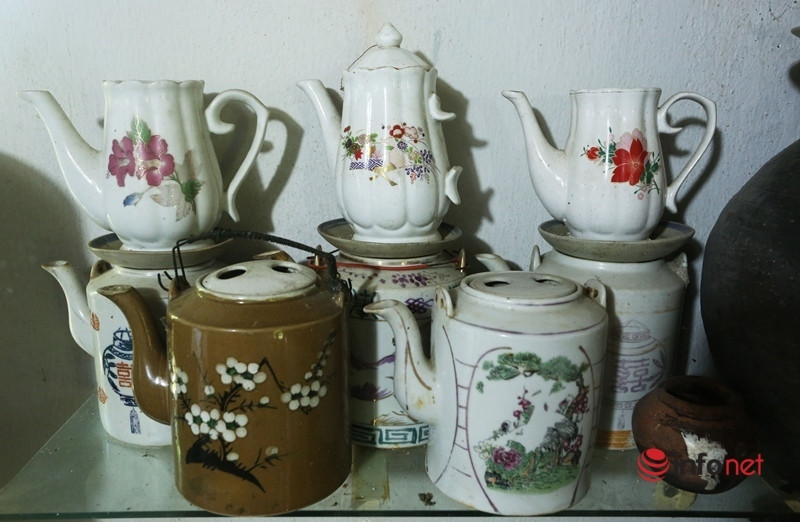 |
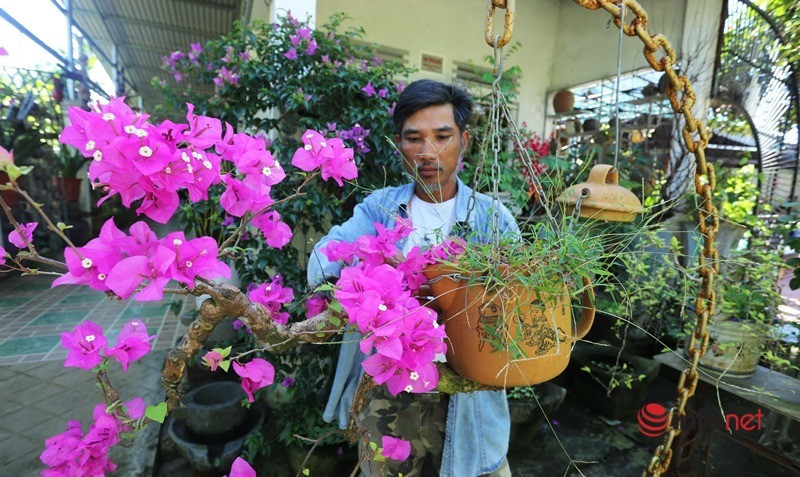 |
|
Mr. Phuc also collects old lime pots. |
 |
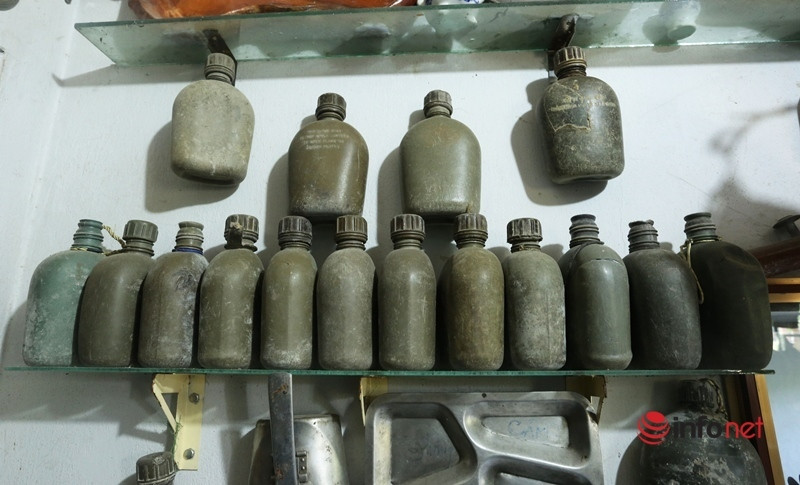 |
|
After years, he currently owns more than 2,000 artifacts. |
 |
|
Phuc is building his own "museum" on a plot of land of more than 4,000m2. |
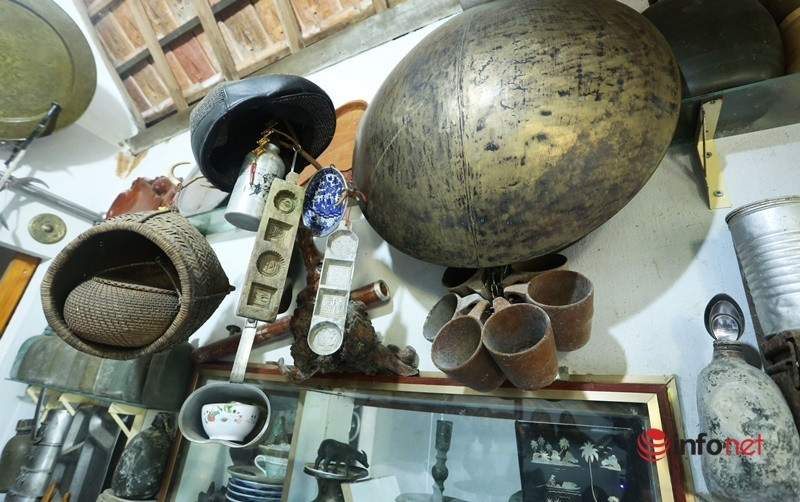 |
|
He also cherishes the dream of building a place to showcase the cultural - labor space of the ethnic minorities in Quang Nam Province as well as the wet-rice agriculture of the Kinh people. |
Ho Ca